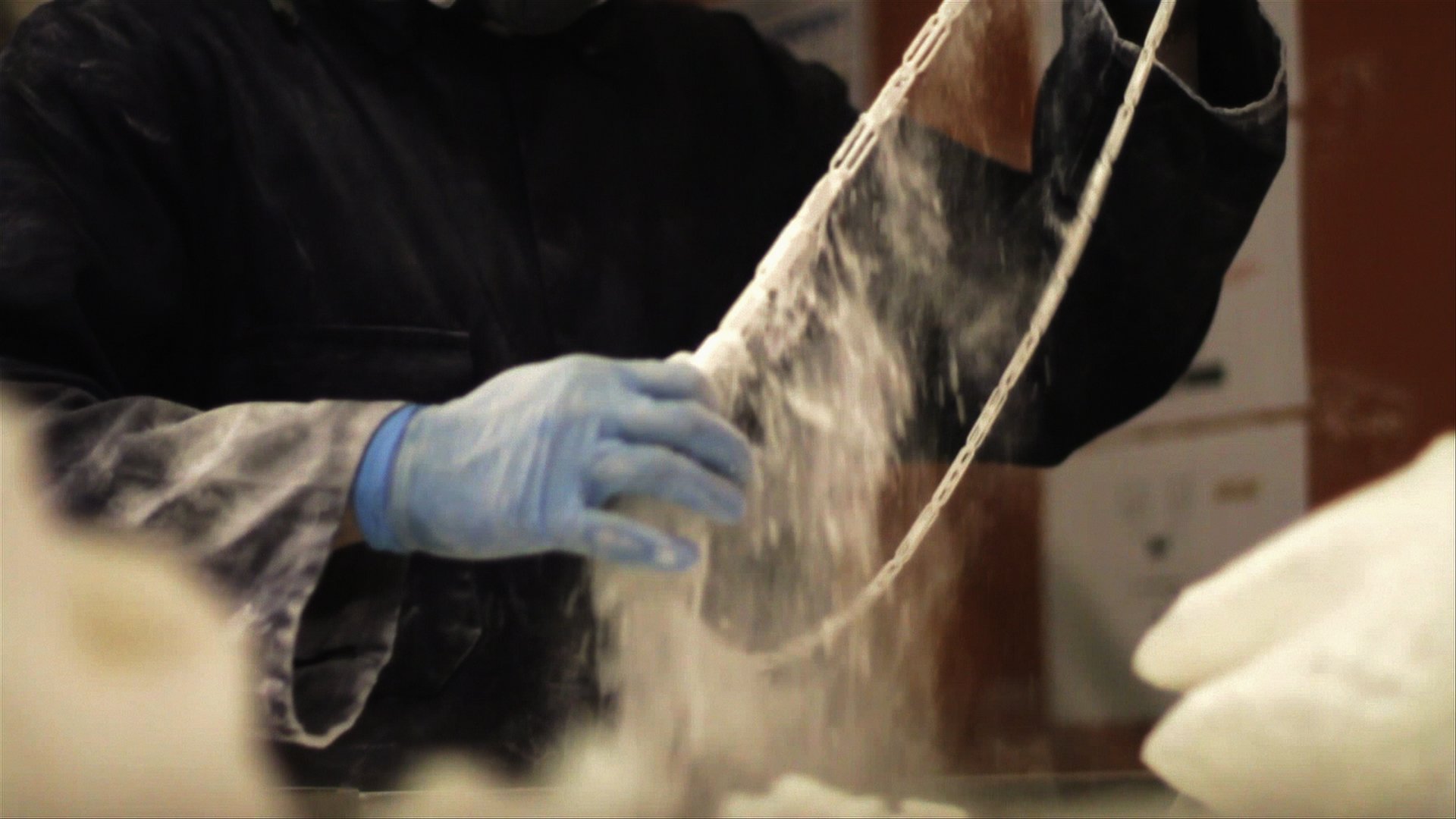
3D printing provides tremendous contributions already advanced to so many industries like medical and aerospace–along with a long and growing list of benefits for users in nearly every application. 3D printing appeals to the visionary in so many of us, and it’s a technology that can and will deliver. The main question for businesses engaged in new product development and manufacturing is whether to perform a comparison of traditional manufacturing vs. additive manufacturing, or to move forward in making the transition if already engaged in Injection Molding or CNC Machining.
Rapid Prototyping Streamlines Production No Matter How End Parts are Made
Developed in the mid-80s for rapid prototyping, 3D printing was meant to give engineers a leg up on product development. With the ability to make a 3D design and then 3D print it at any time, everything was faster–from the ability to attain feedback, test products, make ongoing changes, and produce a model to work from in manufacturing end-use parts.
This facet of 3D printing has only advanced, and Shapeways customers rely on the rapid prototyping process more than ever to streamline manufacturing and the budget; in fact, rapid prototyping with Shapeways is fast and economical. Customer project requirements and design guidelines for geometries and materials usually dictate how rigorous the prototyping process will be to achieve optimal outcomes.

As 3D Printing Advances so Does Volume Production of Functional Parts
The constantly growing options and cost benefits in using 3D printing materials and technology have made it possible for manufacturers to prototype and manufacture high-performance products that are stronger, lighter in weight, and capable of supporting more complex geometries previously impossible. When trying to make the choice between traditional manufacturing and 3D printing, manufacturers must be pragmatic in considering volume requirements, and needs in terms of materials, form, and functionality.
Additive manufacturing is expanding at an accelerated rate for nearly every production need, and that includes becoming a suitable choice for any volume of parts. Shapeways customers like 67 Designs are dedicated to 3D printing high-performance, luxury accessories for offroading vehicles using Nylon 12 [Versatile Plastic] with Selective Laser Sintering–despite growing customer demand and production edging ever closer to mass production.
Customers like Quantum-Systems may use materials like Nylon 12 [Versatile Plastic] or Multi Jet Fusion Plastic PA12 (MJF PA12) for end-use materials in 3D printing drone technology, as well as for prototyping to cut down significantly on time and cost when they do move on to mass production of drone parts with traditional manufacturing processes like Injection Molding.

Leveraging On-Demand 3D Printing and Reduced Assemblies
The ability to produce parts as needed changes everything. While storing comprehensive inventories on digital file with Shapeways, manufacturers and retailers have access to parts that can be 3D printed as needed. Additionally, they can be modified quickly, or obsolete parts can be scanned and brought back to life, and delivered to customers in customized packaging. On-demand 3D printing alleviates a host of supply chain issues, as well as eliminating the stress in trying to find or expand warehouse space in a limited market.
3D printing allows for consolidation of parts with technology like Selective Laser Sintering (SLS). Not only can large numbers of 3D printed parts be nested in any build, SLS 3D printing is capable of manufacturing singular parts on a large scale. For extensive builds, 3D printing can reduce assemblies from hundreds of parts to just ten. Parts tend to be lighter with less hardware required to connect them. Manufacturers report less failure in parts, and greater efficiency overall.
Increased Orders and High-Volume Production May Point to Traditional Manufacturing
Even for large companies that are extremely tech-savvy, it is often more cost-effective to come to Shapeways for 3D printing high-quality parts in low-batch volume. Shapeways also remains agnostic in manufacturing choices as it is vital to have access to an array of resources that can be leveraged depending on project requirements and how many parts will be needed.
When deciding on technology, it makes no sense to move forward with Injection Molding if a project only requires a limited run. Conversely though, if a manufacturer needs to make over 40,000 parts they may easily find it faster and less expensive to switch to traditional manufacturing vs. additive manufacturing.
Shapeways works with additive manufacturing customers on nearly every scale, and also offers the following traditional methods of production:
About Shapeways
Enjoy the benefits of this advanced technology and a wide range of materials from Shapeways for 3D printing your creations with accuracy, complex detail, and no minimum or limits in terms of mass customization or single part orders. Shapeways has worked with over 1 million customers in 160 countries to 3D print over 21 million parts! Read about case studies, find out more about Shapeways additive manufacturing solutions, and get instant quotes here.


